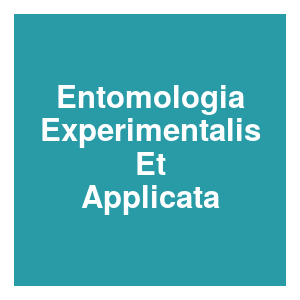Sex separation of Aedes spp. mosquitoes for sterile insect technique application: a review

|
B. M. Moran-Aceves, C. F. Marina, A. Dor, P. Liedo and J. Toledo,
Entomologia Experimentalis Et Applicata,
10.
2021.

Separation of the sexes is necessary for the application of the sterile insect technique (SIT) in mosquitoes due to the hematophagous habits and disease vector activity of the females. In this review we analyze the history, current status, and future perspectives for the development of genetic sexing strains (GSS) of Aedes mosquitoes (Diptera: Culicidae). Various genetic control methods for mosquitoes are reviewed, as are their need for sex-separation methods. We focus on areas of opportunity where GSS developed with classical genetic methods can be used. Regulatory restrictions and social acceptance of various control methods are analyzed. We conclude that the development of GSS by classical methods represents the most viable option for separation of the sexes and the application of large-scale SIT programs within an area-wide integrated vector management (AW-IVM) approach. More related to this: Genetic sexing strains for the population suppression of the mosquito vector Aedes aegypti Malaria: existing methods of vector control and molecular entomology Invasive insects: Management methods explored
|



